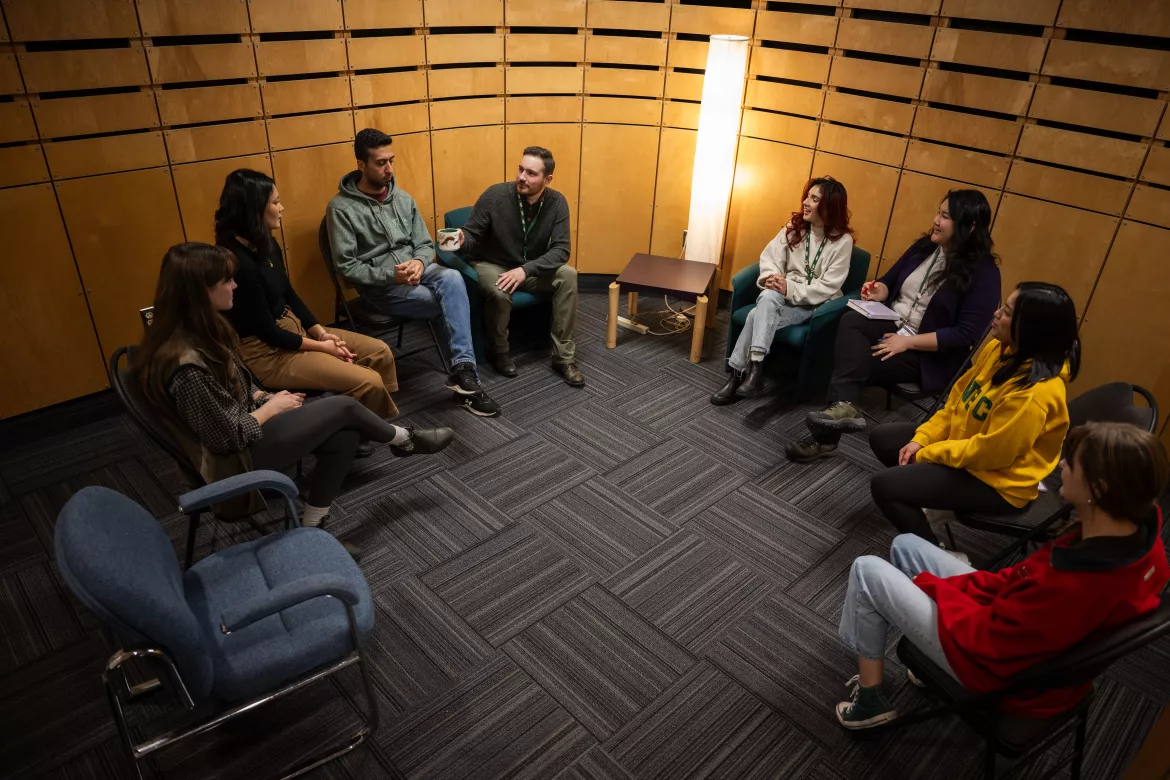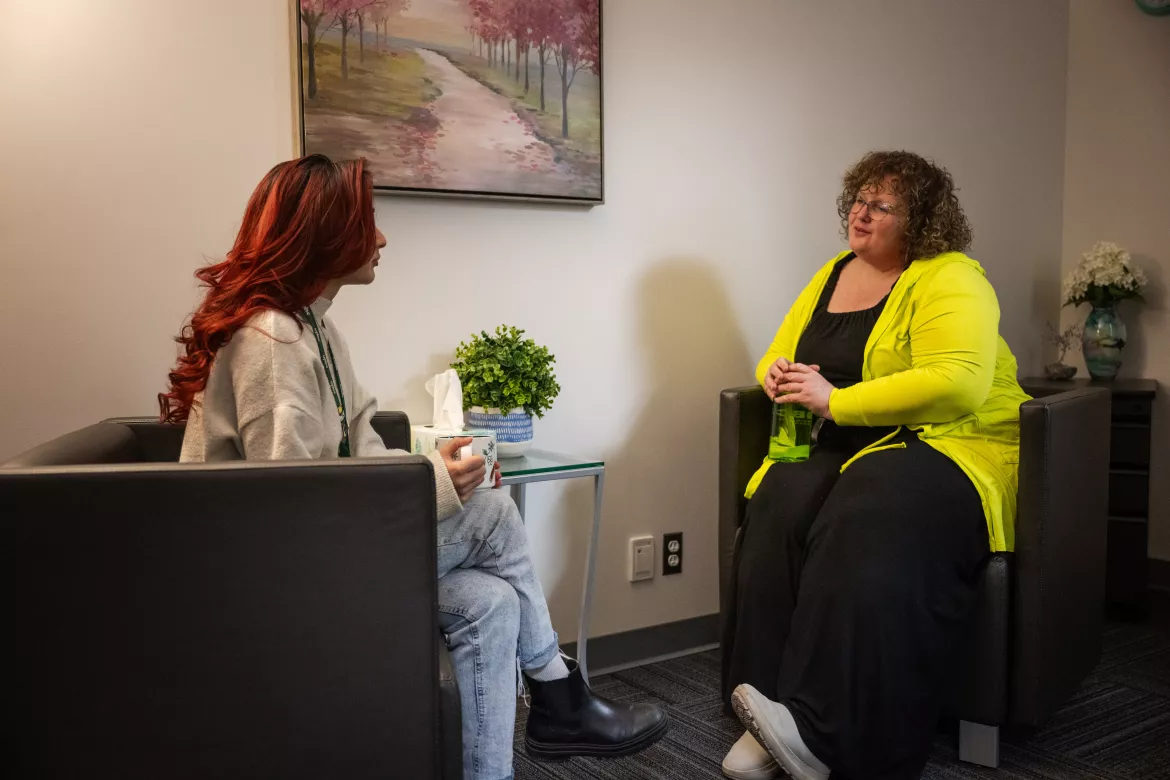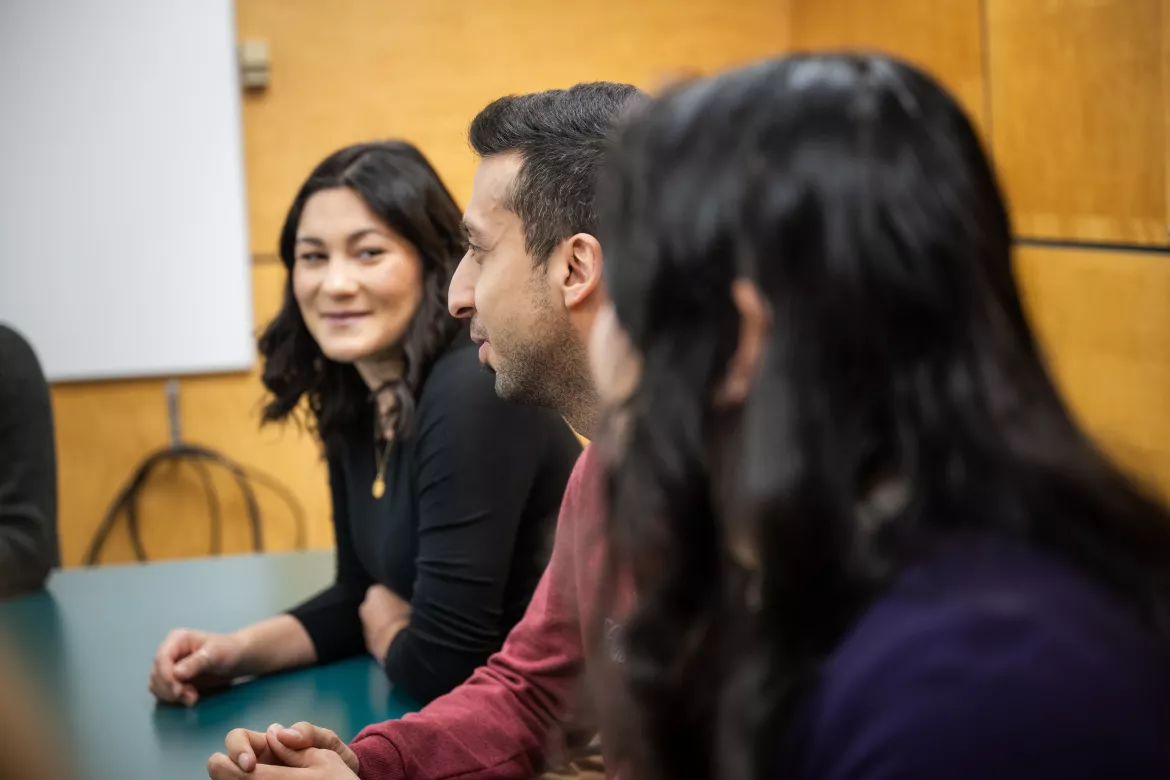Restorative practices aim to empower both harmed parties and community members to play an active role in the process of healing and repairing harm. By engaging in restorative practices, individuals involved can explore various avenues of reparation together and are offered opportunities for dialogue and problem-solving.
Restorative circles

Restorative circles are facilitated conversations or meetings between those who have caused harm and those impacted. Participants engage in preparatory sessions before a larger conversation can proceed to discuss what happened, how they were impacted, and explore their needs for repairing harms. The practice of restorative circles arises from various traditional Indigenous ways of knowing.
Restorative conversations

A restorative conversation is a dialogue or exchange between individuals or groups that aim to building and maintain healthy relationships, create just and equitable environments, and repair harm and transform conflict. The difference between punitive actions and restorative approaches is that punitive actions are driven by rules and power dynamics. Restorative approaches, on the other hand, are driven by relationships and addressing harm.
Shared outcomes

Shared outcomes may include, but are not limited to:
- Sharing a meal together.
- Planning an event together.
- Attending educational workshops.
- Apology to harmed parties – a written or verbal apology addressed directly to the harmed party(s).
- Restitution – an agreed financial payment to repair or replace damaged property.
- Community service or project – service to an organization relevant to the harm caused or completion of a project that benefits the harmed parties.